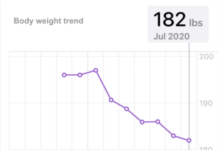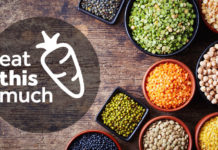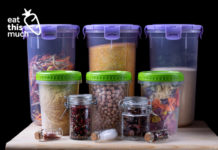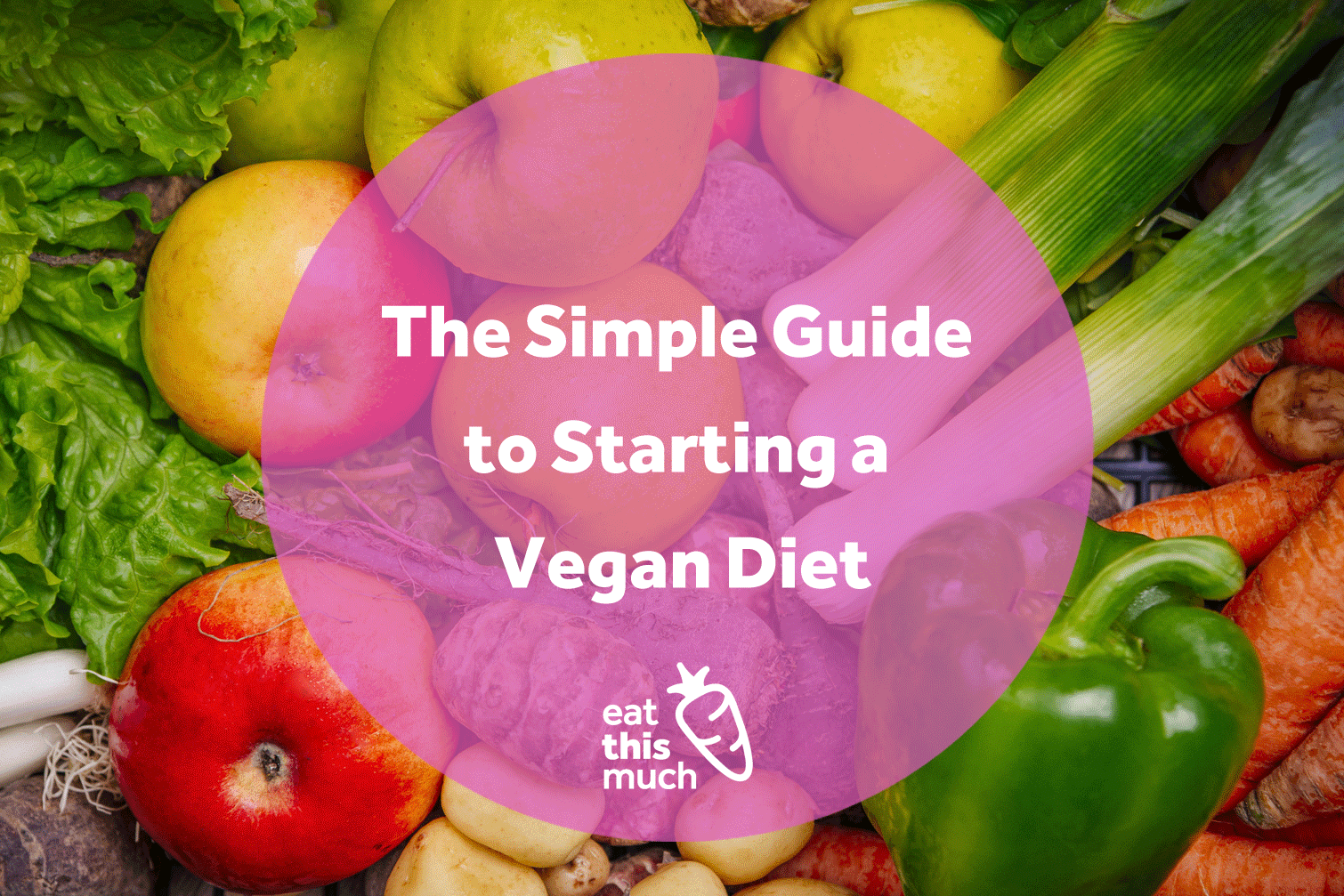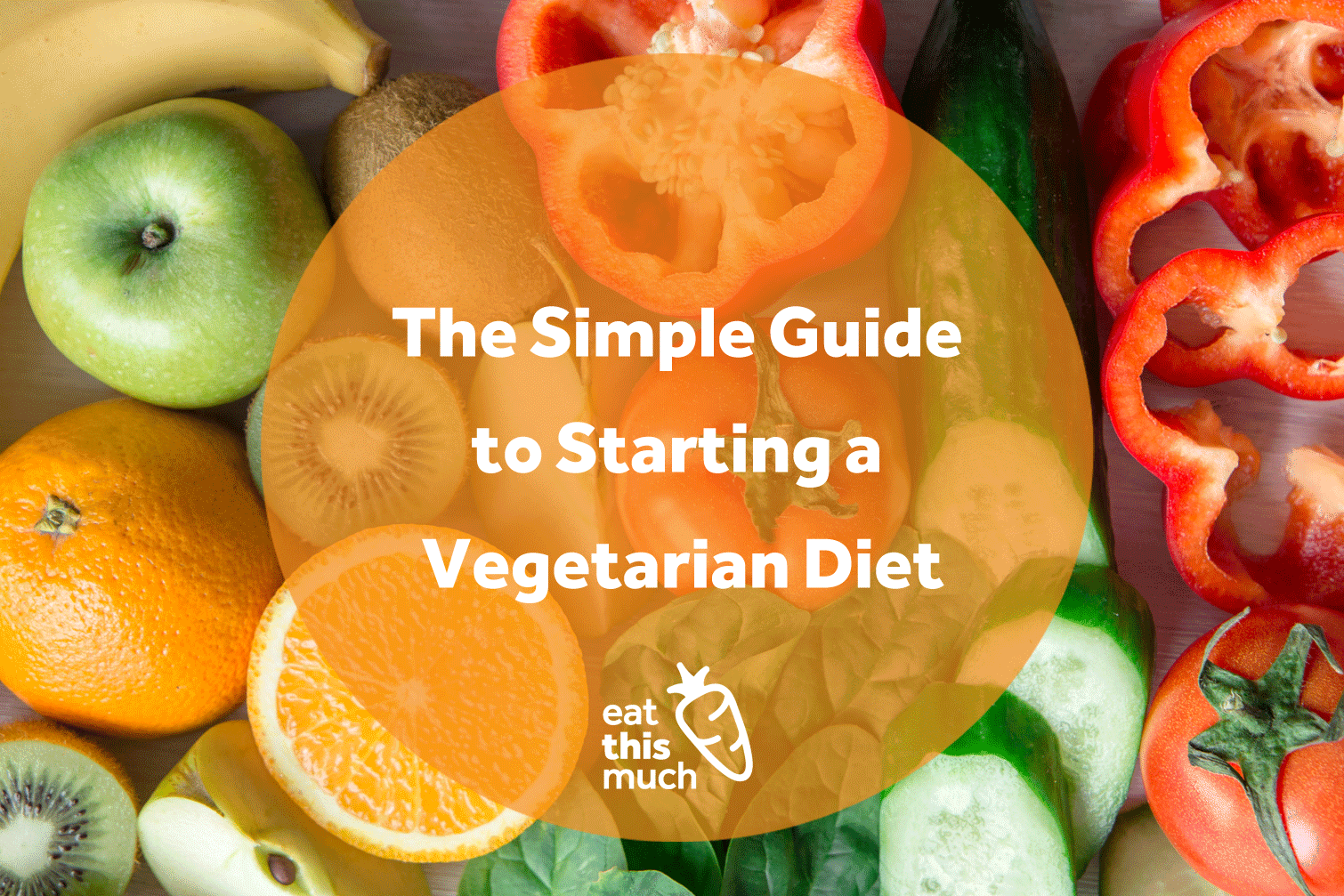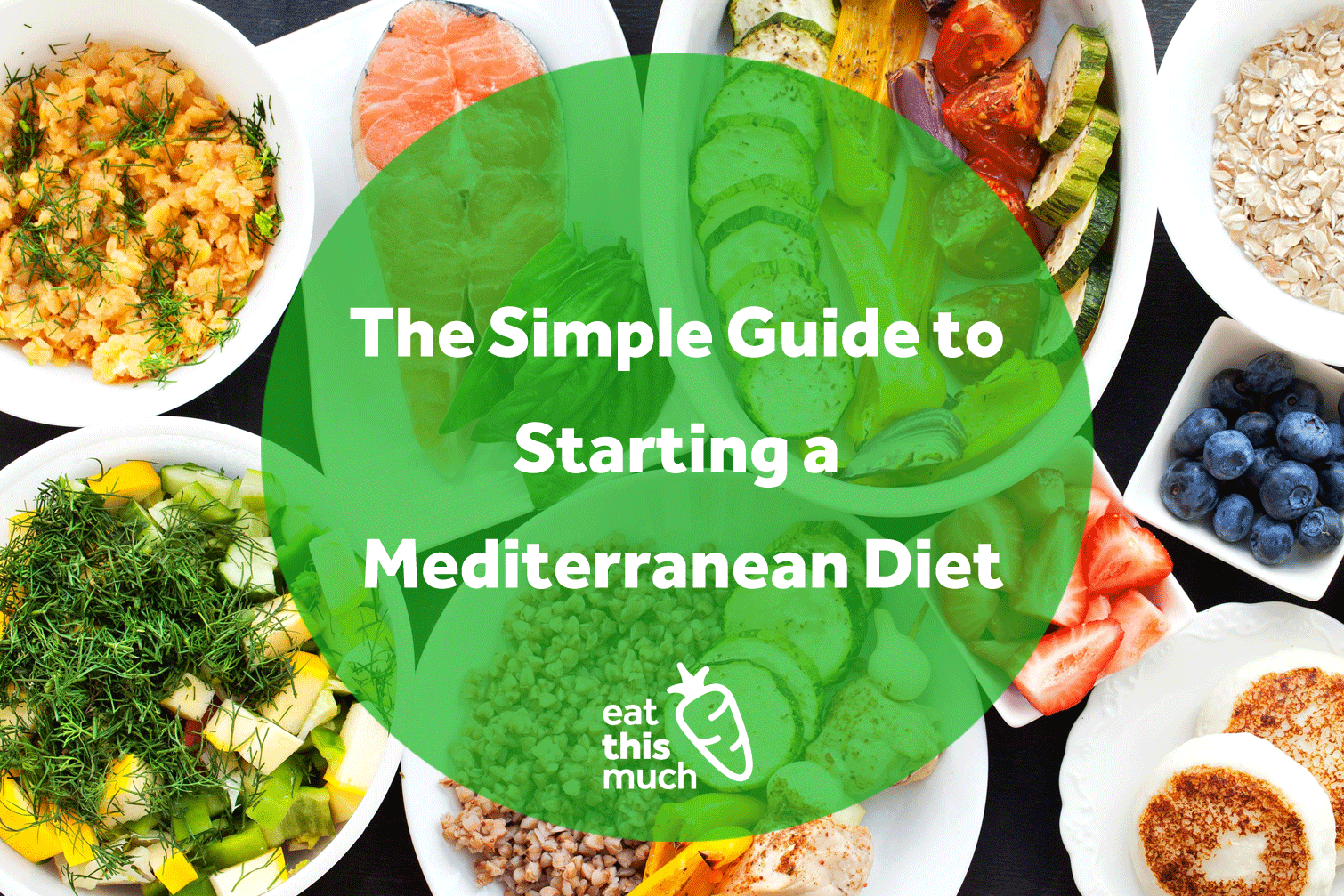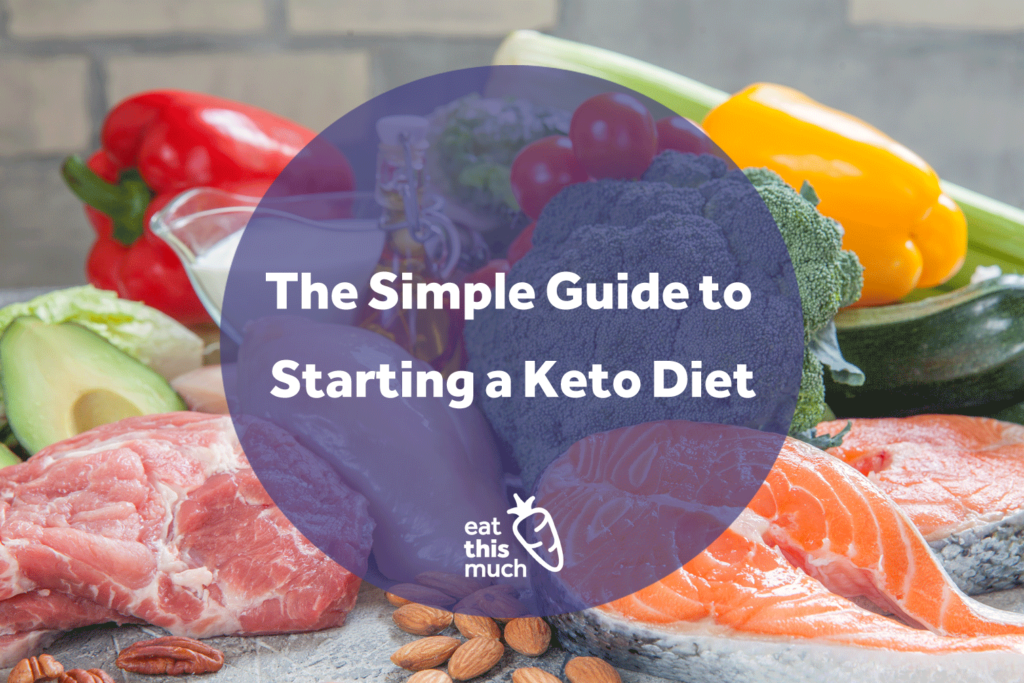 Your body is a fascinating and complex system. With the right diet, it will start burning stored fat as fuel instead of consumed carbohydrates, resulting in a metabolic state called ketosis. Following a keto diet plan is a great option for those who want to see accelerated fat loss in a relatively short amount of time, but it also comes with some challenges.
Your body is a fascinating and complex system. With the right diet, it will start burning stored fat as fuel instead of consumed carbohydrates, resulting in a metabolic state called ketosis. Following a keto diet plan is a great option for those who want to see accelerated fat loss in a relatively short amount of time, but it also comes with some challenges.
Whether you are just getting started with your weight loss and health journey or you are more experienced and want to up your game, this simple guide will help you figure out if a keto diet is right for you. It’s also very important to discuss a diet like this with your doctor before you begin.
The History of the Ketogenic Diet
The ketogenic diet started off as an approach to treat epilepsy back in the 1920’s when researchers discovered it was a great alternative to fasting as a means of treating epileptic symptoms. By augmenting the patient’s diet, researchers discovered the state of ketosis, where the body and brain are utilizing pure fat as a fuel source rather than carbohydrates. In this state, epileptic symptoms tended to subside. Additionally, hunger was reduced, resulting in documented weight loss, and eventually, the popular ketosis diet we know of today.
How the Ketogenic Diet Works
According to Wikipedia, “Ketosis is a nutritional process characterised by serum concentrations of ketone bodies over 0.5 mM, with low and stable levels of insulin and blood glucose.” In simpler terms, this means that the body begins burning stored fat so that the liver can produce ketones, or small units of fuel, in response to a lack of available glucose in the blood stream. To reach a state of ketosis, it’s recommended that your diet consist of 30% protein, 65% fat, and just 5% carbohydrates. It’s also common to see a range of between 50g and 20g of carbohydrates as the prescribed limit, but really, it’s going to be a little different for everyone. Knowing whether or not you’ve reached a state of ketosis can be tricky, too. Physical symptoms of ketosis include weight loss, constipation, bad (or fruity) smelling breath, different smelling urine, elevated thirst, and changes in energy and concentration. A surefire way to assess ketosis is through breath, blood or urine analysis, all of which will demonstrate levels of ketones in the body.
The carb levels above follow a very low carb diet plan, which may not be desirable or sustainable in the long term, but works great to kick start weight loss and solidify longer term eating habits. Some people, especially those who are active, may choose to do a cyclic ketogenic diet, in which case they would have a large weekly carb up, where carbohydrate intake is very high while dropping their fat intake. This would help them restore muscle glycogen levels, which are needed for intense exercise. Then at the start of the week, they resume using their low carb recipes once again.
Since carb cycling can be fairly complex, we’ll focus on the diet needed to achieve ketosis in this article. It’s also good to note that while a keto diet may seem similar to other low carb diet plans, such as the Atkins diet, it has a much more strict carbohydrate intake with the sole aim to put you into ketosis.
Ketogenic Diet Foods – What You Will Eat
To reach the coveted state of ketosis, you’ll want to focus on eating nutrition-dense foods that satisfy the fat, protein and carb macro balance described above.
For protein, choose chicken breast, turkey breast, lean grass fed beef, salmon and other fish varieties, seafood, eggs and egg whites, along with whey protein powder.
For fats, turn to coconut oil, olive oil, lower fat cheese, fatty varieties of fish, along with smaller servings of nuts and seeds. Note that you won’t be able to eat too many nuts and seeds as they do contain carbs and may put you over your carbohydrate limit. Likewise, avocado’s can be eaten but in strict moderation to prevent your carbohydrate intake from getting too high.
For carbs, stick with leafy greens like spinach and kale. These vegetables contain the fewest grams of carbs total so will be able to fit into your diet plan with ease. To put things in perspective, if your calorie intake is set at 1800 calories, this means you’ll only be consuming 90 calories from carbohydrates, or the equivalent of around 20 grams total.
Benefits of a Keto Diet Plan
Given how restrictive this diet plan is, the long term benefits are very well worth it:
• Complete cessation of hunger – many people have to remind themselves to eat
• Stable energy levels
• Stabilized blood glucose and insulin levels (which lowers your risk of diabetes!)
• Improved cholesterol profiles, provided the right fats are eaten
• Lower blood pressure levels
• Decreased joint pain
• Better focus and concentration
• Weight loss
• Improved sleep
Short Term Drawbacks of Starting a Keto Meal Plan
For the first two weeks, most people experience the following unwanted side effects of going very low-carb. But don’t let this deter you; these reactions DO subside if you stick with it.
• Carb lovers may find it very hard to stick with this plan due to intense cravings for carbohydrate rich foods
• Energy levels drop during the first two weeks
• Brain fog or trouble concentrating may set in
• Constipation due to the lack of total dietary fiber
• Trouble sleeping at night and staying awake during the day
Remember that, for most people, this diet is focused on just achieving a state of ketosis, not on limiting carb intake that dramatically forever, so these drawbacks are just a temporary inconvenience to overcome. For those who have been prescribed a severely low carb diet indefinitely, they, too, find when the initial discomforts subside, they feel much better.
Who Is This Diet Best For?
This diet will work best for those who are satisfied and happiest eating protein and fat rich foods and who don’t feel they need carbohydrates to be content with a meal plan. Is it possible for carb lovers to succeed with a keto diet? Absolutely, though they find it a little harder at first.
It’s also a great idea for those who really struggle with hunger while dieting. If this is what often sends you off your plan, you’ll find things are much easier when you use the ketogenic diet plan.
Finally, it’s also great for those who may be suffering from diabetes as it’s an effective way to stabilize blood sugar.
Tips for Success
If you’ve decided this plan is for you, here are a few quick tips to remember:
First, stay hydrated! When you start out on the plan, your body will be flushing a lot of water weight from your system as your carbohydrate intake goes down. Dehydration doesn’t feel great so aim to drink at least 8-10 glasses of water each day. This will help make the transition to ketosis much easier.
Next, be prepared for that first week or two to be challenging. Most people will feel slightly ‘foggy brained’ or have a headache coupled with low energy. Try and push through it. Once your body adapts to ketosis, this will all go away and you’ll start feeling much better.
While some people never adapt (and as a result, this diet is not for them), most will do just fine and be thrilled with the results.
Finally, do your best to plan and cook your meals ahead of time and keep your home stocked with keto friendly foods. This will help reduce temptation to eat something that isn’t on the diet, higher in carbs, and that will take you out of the state of ketosis. Planning ahead is also important for when you get busy/stressed and start thinking about grabbing a quick carb fix.
If you like the sound of this diet and want to get started, choose the Atkins/Ketogenic option as the primary meal type in your food preferences on Eat This Much, and we’ll automatically generate meals that are keto focused. Good luck!

